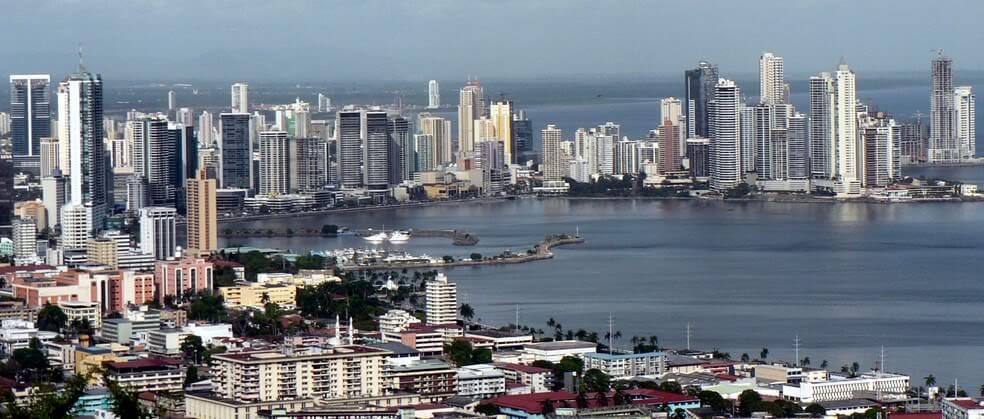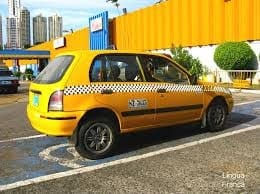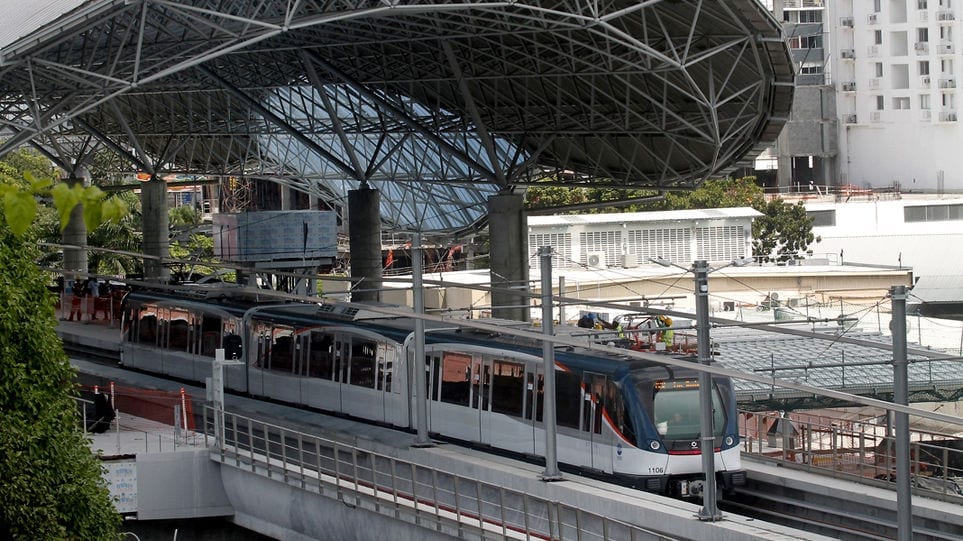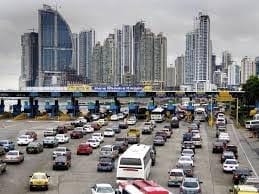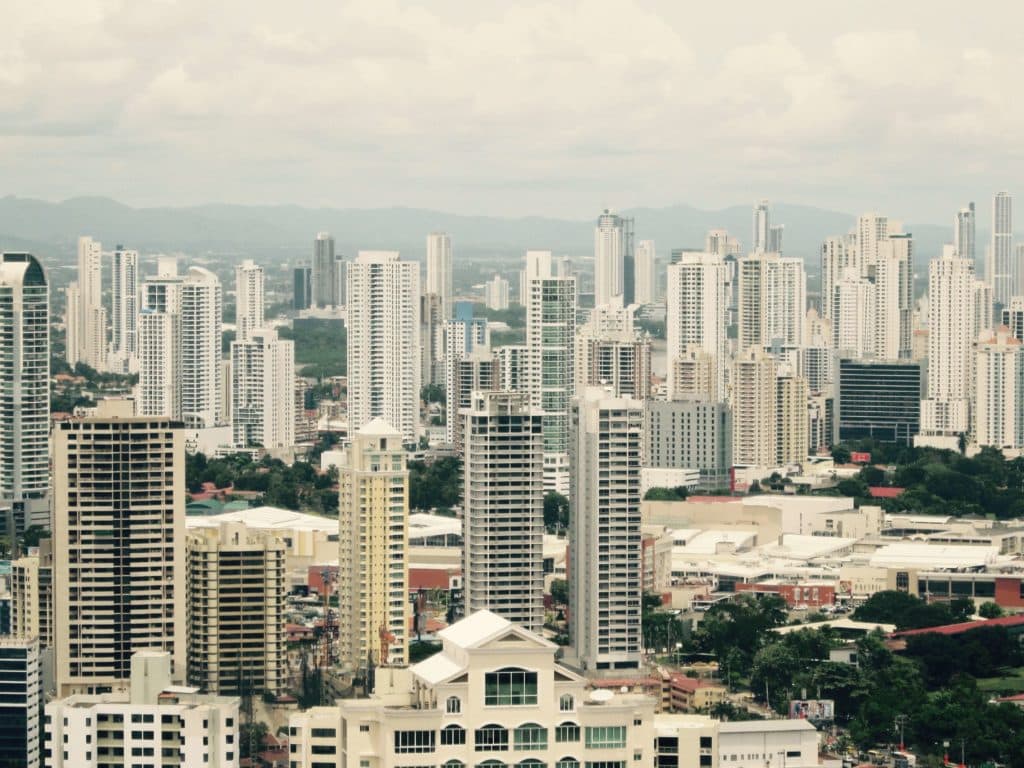Note: This Blog Post was first written on September 24th, 2013. The website Phylonthego.com was hacked and destroyed. Fortunately one of my friends had saved the original blogs written at that time and the article was recently re-constructed. The momentum of the economy in Panama has slowed very little and the country continues to advance. This post may not be current with today’s Panama, but I have left the article intact as of September 2013 to keep its authenticity.
A Growth Spurt!
The growth spurt began after the turn of the century. It gained momentum especially in the last ten years.
Before this, Panama City was a typical Central American town with low-rise buildings. The narrow roads were originally built for a few vehicles, pedestrians, horse drawn carriages and donkey carts.
Fast forward to today: there has been a huge influx of people and a surge of development seemingly on steroids. Hard to believe, but seeing is believing, and trying to get around Panama City is not for the fainthearted.
Many roads are over a half century old. City planning is trying to keep pace with the fastest growing economy in Central America. The number of cars on the road reflects the economic upswing. The autos now compete with scooters, buses, cars and the yellow taxis – an essential part of “public transportation.” While there are some new ring roads, wide boulevards and modern bridges, the several minor streets feeding into them cause blockages and slowdowns.
How do I get around? I use the yellow taxis.
The Yellow Taxis
They are inexpensive, only only a few dollars. Most public taxis (yellow cabs) are small, about the size of a compact car, can squeeze one passenger in the front seat and three at the back, plus bags and packages.
Panamanians are, on average, smaller than North Americans especially the men. It is important to learn how to negotiate getting in and out of a taxi, especially if you are six feet tall and want to keep your legs with you inside the car. If you are lucky, you may find a taxi that is equal to a midsize car.
I can travel from one end of the city to the other. But as a Gringa, I had to learn the “system.” Because the City is divided into zones, crossing from one to another increases the price of a ride. As a foreigner, I was open to exploitation and had to take time to learn the nuances of the system.
The taxis are communal. They are hailed at set places on the sidewalks and collect and drop off fares along the way. I also had to quickly learn the road map. A journey that should take ten minutes ought not be expanded to thirty minutes, while the driver did a scenic tour of the City on my dime, hoping I did not realize what he was up to!
Rather than get agitated, I keep the camera handy and regard this as a photo op. Frequently, passing a Church, the drivers paused to cross themselves and say a quick prayer – I already started praying the moment I got into the taxi!
I discovered it is also helpful to learn a few basic words of Spanish to negotiate the price. It is important to try and confirm and finalize the price before getting into the taxi. Understand that a two-tier pricing system exists, one for “us” and one for “them.”
How do I know this? I watched some of the locals pay for their ride, and observed they were paying less than I was for the same route. Know the price beforehand, and when the driver stops at your requested stop, exit the car quickly. Hand over the exact change, and leave the scene before any discussion can take place. This indicates you are a “seasoned” Gringo.
Also, in Panama City, the drivers drive offensively and not defensively. Cutting in and cutting off are expected forms of driving.
Traffic signals are only suggestions that one should stop and allow the “go” traffic to go and the “stop” traffic to stop. Intersections are there to be blocked, and can be guaranteed to create a traffic snarl that will set off an orchestra of honking.
Radios tuned into the local music station in the public yellow cabs are played loudly. Everyone in the cab can participate in singing along and keeping rhythm with the driver. Salsa can be “danced” with the driver as in his seat, he moves to the beat. He employs an energetic Salsa hip movement, with feet and hand action, all while driving the car. There are no hands on the steering wheel, except when to be used as drums.
Not many places where this sort of impromptu entertainment is available for a couple of dollars.
The Metro
The Metro is under construction and will be ready next year. When completed it will only serve part of the City until the second phase gets under way.
The present President, Ricardo Martinelli has been the main instigator of the Metro System. When completed it will ease the congestion. However, he needs to get it completed before the end of his tenure, so that he can “cut the ribbon,” and be memorialized for completing the Metro.
Thus, construction of the Metro has caused even more chaos in an already chaotic city, as streets are excavated and blocked off without warning, forcing more cars into side streets built for horse carriages.
Don’t try and estimate the time it will take to get from point A to Point B, because there is no daily bulletin to consult about which streets will be closed and/or under construction. The public is accepting of the chaos either because it is all they have ever known, or because of the ultimate reward of the Metro system.
Private Taxis
There are also private taxis. These are new and spotlessly clean cars or SUV’s. They have shock absorbers, the gears work, all windows close, no cracked windscreens and they are air-conditioned.
You find them lined up outside the better hotels or they can be called. Most of the drivers speak good English and are well-informed. I enjoy talking with them. They have opinions: on life in Panama, the politics, corruption, education, how the salaries have not always kept pace, where this country is going, and what can be done to improve it.
As interesting as private taxis are, I would not give up using the yellow cabs for their essential local cultural or surprise value
While I may be approaching the subject of taxis in Panama City lightheartedly, being a taxi driver in this chaotic City is not a job that I envy.
The traffic is horrendous. These drivers work very hard for not much money and many are doing this as a second job to make ends meet or give their family a better chance in life. Add to the equation that not everyone on the road possesses a legal driver’s license, smaller roads are potholed and in bad repair, and many roads are without white lines or clearly marked.
Conclusion
As a visitor to Panama, I can honestly say I have been welcomed and never made to feel uncomfortable, no matter how strange I may appear or behave as a foreigner. I always try and follow the local etiquette and to be as inoffensive as possible. After all I am a guest in this land and the Panamanians are my hosts.

